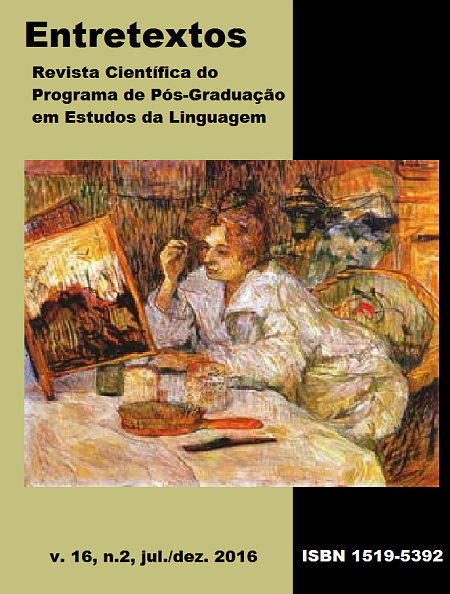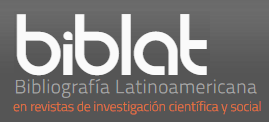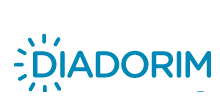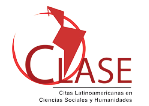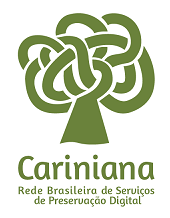Reflecting on the historical process that (un)join the Portuguese and the Spanish language through the ages: some signs of language policies
DOI:
https://doi.org/10.5433/1519-5392.2016v16n2p243Keywords:
Language policy, Spanish language, Portuguese languageAbstract
This article aims to present a reflection about the historical process that (un)join the Portuguese and Spanish language, taking advantage of some political actions taken by the "managers" of these languages. The theoretical framework used to support this reflection focuses, among others, the studies from Calvet (2007), Woolard (2007) and Mills (2013). The methodology consisted of examining some documents and political-linguistics signs crucial to the development and evolution of the two languages analyzed. As a result of this reflection, it is clear that proximity, like political, between this two languages, on the one hand has been instrumental in making decisions about the preservation and expansion of these languages and, secondly, this nearness was determined politically from the beginning Portuguese and Spanish. The Spanish language, supported by a strong and silencing political, prospered largely and this has made that the Portuguese language, in turn, live always and until recently with a menacing shadow Castilian.Downloads
References
BAGNO, Marcos. Academia de letras pra quê?, 2010. Disponível em: http://www.portuguesegramatica.com.br/media/bagno/27-academia. Acesso em 18 maio 2014.
BAGNO, Marcos. O português não procede do latim. Uma proposta de classificação das línguas derivadas do galego. À busca do tesouro, n. 191, 2011, p. 34-39. Disponível em: http://www.editorialgalaxia.es/. Acesso em: 18 jan. 2015.
BARROS, João de. Gramática da língua portuguesa, seguida de Diálogo em Louvor da nossa linguagem, Lisboa. Faculdade de Letras da Universidade de Lisboa, 1971.
BLUTEAU, Raphael. Vocabulario portuguez e latino: aulico, anatomico, architectonico... Coimbra: Collegio das Artes da Companhia de Jesus, 1712.
BRASIL. Lei Nº 11.161, de 5 de agosto de 2005. Dispõe sobre o ensino da língua espanhola. Disponível em: http://www.planalto.gov.br/ccivil_03/. Acesso em 12 jan. 2015.
CALVET, Lois-Jean. As políticas linguísticas. Tradução Isabel de Oliveira Duarte, Jonas Tenfen, Marcos Bagno. São Paulo: Parábola Editorial: IPOL, 2007.
COELHO, Adolpho F. A lingua portugueza: phonologia, etymologia, morphologia e syntaxe. Coimbra: Imprensa da universidade, 1868.
CORREDOIRA, Fernando Vázquez. A construção da língua portuguesa frente ao castelhano: o galego como exemplo a contrário. Santiago de Compostela: Edicións Laiovento, 1998.
CRISTOFOLI, Maria Silvia. Políticas para a educação básica: as línguas estrangeiras nos documentos do MERCOSUL educacional e legislação do Brasil e da Argentina. In: CORIA, Adela; REGUERA, Alejandra (Org.). V ENCUENTRO INTERNACIONAL DE INVESTIGADORES DE POLÍTICAS EDUCATIVAS, 5., 2012, Córdoba. Resumos... Córdoba, 2012. p. 103-111.
CUESTA, Pilar Vásquez. A língua e a cultura portuguesas no tempo dos Filipes. Sintra: Publicações Europa-América 1988. 1ª ed. orig. esp. 1986.
LAGARES, Xoán Carlos. O galego e os limites imprecisos do espaço lusófono. In: MOITA LOPES, Luiz Paulo da (Org.). O português no século XXI: cenário geopolítico e sociolinguístico. São Paulo: Parábola Editorial, 2013. p. 339-360.
LAGARES, Xoán Carlos. Sobre a noção de galego-português. Cadernos de Letras da UFF, Niterói, n. 35, p. 61-82, 2008.
LAPESA, R. Historia de la lengua española. Madrid: Gredos, 1988.
LIÃO, Duarte Nunes de. Origem da lingoa portvgvesa. Biblioteca Nacional de Lisboa, 1606. Disponível em: http://purl.pt/50. Acesso em 12 jan. 2015.
NASCENTES, Antenor. Grammática da lingua espanhola para uso dos brasileiros. Rio de Janeiro: Livr. Drummond Editora, 1920.
OLIVEIRA, Fernão de. Grammatica da lingoagem portuguesa. Edição facsimilada. Lisboa: imprensa Nacional-Casa da Moeda, 1988. Original 1536.
RODRIGUES, Fernanda Castelano. Língua viva, letra morta: obrigatoriedade e ensino de espanhol no arquivo jurídico e legislativo brasileiro. São Paulo: Humanitas, 2012.
ROSA, Maria Carlota. Introdução à morfologia. São Paulo: Contexto, 2000.
VALDÉS, Juan de. Diálogo de la lengua. Madrid: Cátedra, 1987. Original 1737.
WOOLARD, Kathryn A. La autoridad linguística del español y las ideologias de la autenticidad y del anonimato. In: VALLE, José del (Ed.). La lengua, ¿patria común? deas e ideologías del español. Madri: Iberoamericana, 2007. p. 129-142.
Downloads
Published
How to Cite
Issue
Section
License
Copyright (c) 2016 Entretextos

This work is licensed under a Creative Commons Attribution 4.0 International License.
Entretextos adota a Licença Creative Commons Attribution 4.0 International, portanto, os direitos autorais relativos aos artigos publicados são do/s autor/es.
Sob essa licença é possível: Compartilhar - copiar e redistribuir o material em qualquer suporte ou formato. Adaptar - remixar, transformar, e criar a partir do material, atribuindo o devido crédito e prover um link para a licença e indicar se mudanças foram feitas.

